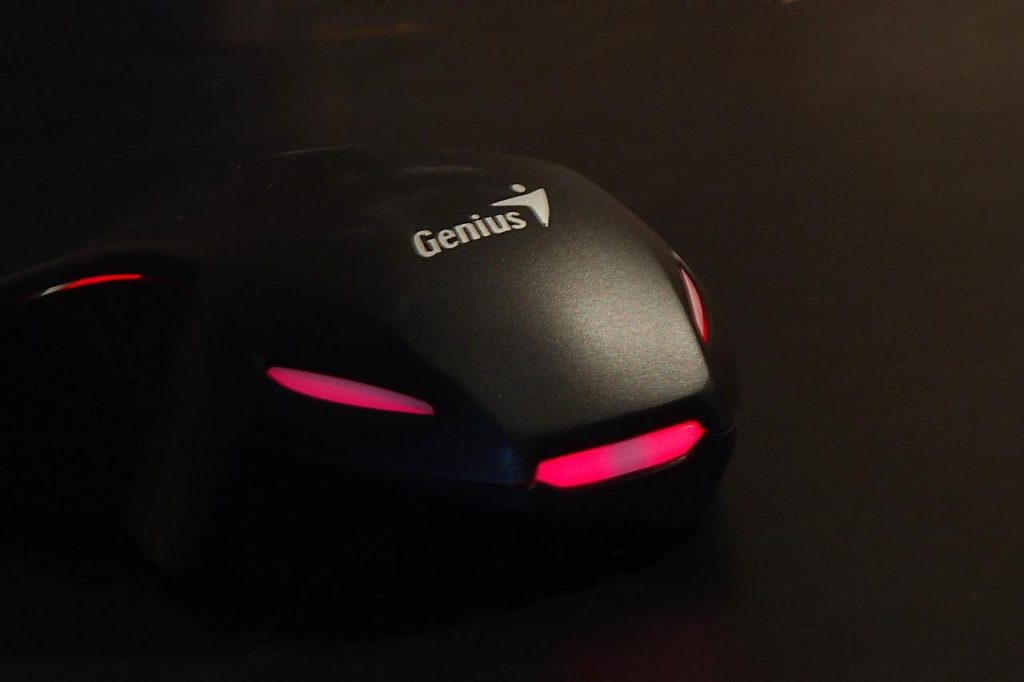When working on any electronic project, you will undoubtedly come across several different types of components. For example, if you’re assembling an internet-enabled home security system, you will probably have to work with a variety of different security devices such as locks, cameras, sensors, and so on
The same is true when you’re working on a project like a home office or a small electronics workshop. When you’re setting up a workspace to work on your electronics projects, you will definitely need to have a number of different components to make it function properly.
For example, you will probably need a power supply to power your soldering iron or a switch to trigger your homemade circuit. On the other hand, you may also need a number of different connectors to connect your different components together. In this article, we will discuss the different types of wire and how they are different from one another.
What Is Wire?
The wire is the term used to describe both the material used to create cables as well as the method of connecting components to make circuits.
There are many different types of wire, but they all have one thing in common: they are all made of electrically conducting materials.
And while different wire types have different properties, the one thing they all have in common is that they are all made of materials like metal, plastic, or glass. For that reason, wire is sometimes called tangible wire.
How Is Wire Different?
While wire may be used to create most everyday objects, it does have some important differences from one type of wire to another. For example, the wire used in power cables will often have a larger diameter and thicker gauge.
On the other end of the spectrum, the wire used for phone lines will often come with a smaller gauge and a tighter diameter. Additionally, different wire types have different colors as well.
For example, the wire used to connect components will often have a white color while the wire used to create power cables will often come in black.
Common Wire Types
There are many different types of wire, but the most common types that you will run into while working with electronics projects are listed below.
These are just the most commonly used wire types and they are not an exhaustive list. You can find more details about different wire types in our guide to wire colors.
- Stranded Wire: Stranded wire is made of a number of tiny wires twisted together. It is one of the most commonly used types of wire in electronics.
- Solid Wire: Solid wire has a single layer of material and is not made of one strand of material.
- Conductor: Conductor is the term used to describe the material inside the wire.
- Insulator: Insulator is the term used to describe the material between the two sides of the conductor.
Best Use Of Wire
The best use of wire is when it is used to create circuits. This is because it is easy to create circuits with wire. All you need to do is connect the ends of the wire together with a suitable connector. On the other hand, it is a lot harder to create circuits when using a cable.
How Is Wire Different From Cable?
There are many different ways that wire and cable are different. For one, wire is easy to use. All you need is a suitable connector to connect two ends of the wire together while cable is usually made up of a number of connectors that you need to plug and unplug to use.
Wire is mostly made up of a conductor while cable is usually made up of a number of different types of material inside. Therefore, when it comes to conductivity, wire is mostly made up of a bare conductor while cable is usually made up of a number of different types of insulators.
Wire is more flexible and can be bent easily while cable is typically made up of a number of rigid lengths that do not bend easily. Therefore, wire is mostly made up of a flexible material that is easy to bend while cable is made up of a number of rigid lengths.
Common Wire Problems
When working with wires, it is important to make sure that they are not exposed to water. This is because water is one of the worst things that can happen to a wire. If a wire is exposed to water, the electrical current inside it will no longer be able to flow freely.
This means that the wire is now damaged and needs to be replaced. If you notice that a wire is exposed to water, make sure to properly dry it off before replacing it. This will ensure that the wire does not become damaged again.
When working on any electronics project, you will undoubtedly come across many different types of components. One of the most commonly used components is wire, which can be used to create circuits and make connections between components.
On the other hand, wire has many different characteristics from one type of wire to another. Wire is mostly made up of a bare conductor while cable is mostly made up of a combination of different types of material inside.
When it comes to conductivity, wire is mostly made up of a bare conductor while cable is mostly made up of a combination of different types of insulators.
Wire has many different characteristics from one type of wire to another. It is mostly made up of a bare conductor while cable is mostly made up of a combination of different types of material inside.
















